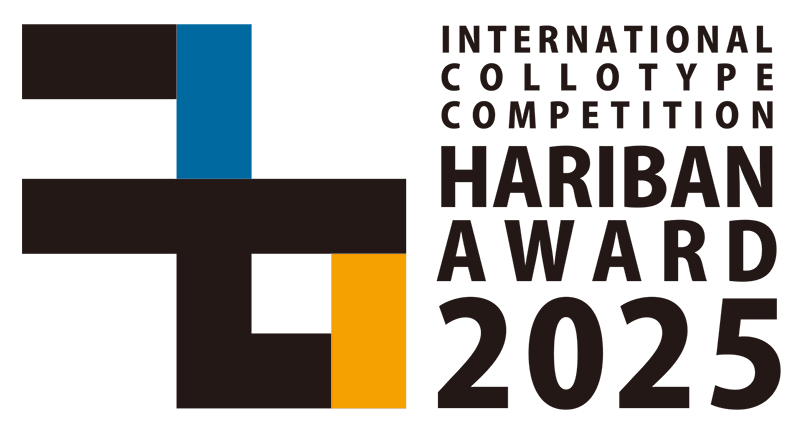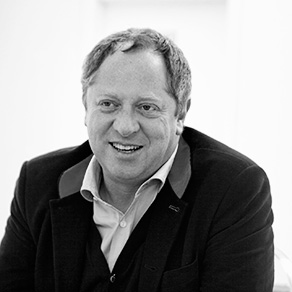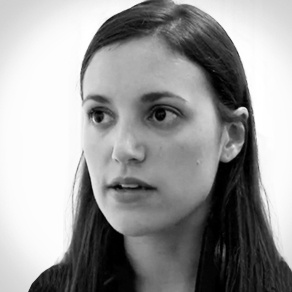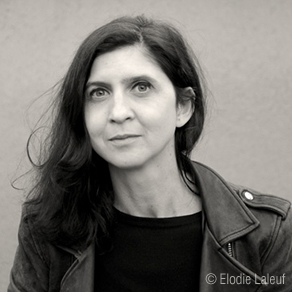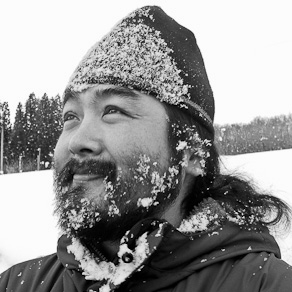2015 Jurors
There were a total of 243 applications for the 2015 Hariban Award. Of these, 80 passed the first round of judging. In the second round, 15 were selected. We were happily surprised that submissions came from all over the world. It was also delightful that there were entries following last year. We are glad that Collotype is garnering much more interest from photographers compared with first edition of the Hariban Award. This fact suggests that we should push this alternative printing process more so that it can reach their hands. And, we should also declare it is true that it is getting harder for jurors to say which of the two is better amongst all of the submissions year after year. That is why we look forward to entries from people who were not selected by a narrow margin. Through this rare opportunity, we hope that Collotype becomes a choice of all kinds of photographers and makes their world more enriched.
— Takumi Suzuki, CEO Benrido, Inc.
・
Michael Hoppen
Gallery Owner, Michael Hoppen Gallery
The overall quality of the submissions this year were extremely high and everyone who submitted works should be congratulated. The art of photography is made to look so easy by the iphone brigade – so when we see works made by hand by serious artists, it is refreshing to note that there is a huge difference in the ability of someone to make pictures using a proper camera and being in control of the output. The opportunity that Benrido offers is to take this image making a stage further. We believe that the quality of the award submissions will encourage many photographers and artists to look at the Benrido Award for inspiration. With the world of photography pointed to the almost exclusive direction of digital – it is so important that this traditional way of image making is offered and passed onto new contemporary artists. Only by actually using the collotype method with the help of the experts at Benrido, will an artist truly discover what other routes he or she can take to change the way the work will appear. No other process behaves quite like the collotype and it is a wonderful opportunity for different cultures, to be introduced to each other through tis unique method.
BIO
Michael currently runs the Michael Hoppen Gallery and the Shine Gallery, both of which exhibit 19th, 20th and 21st century photography regularly. The Michael Hoppen Gallery works with many of the great names in photography as well as with leading galleries, companies and museums around the world. Michael and his gallery are both dedicated to a high degree of excellence, promoting the gallery’s core values in the appreciation of all photographic disciplines.
Amanda Maddox
Assistant Curator, Department of Photographs, J. Paul Getty Museum
In August 2014, I visited publisher Tsuguo Tada in the Jimbocho district of Tokyo, where publishing house Iwanami Shoten is located. He was eager for us to meet there because a small exhibition of work by photographer Shoji Ueda was on view in Jimbocho at the time.
The photographs on display, in a conference room tucked away inside an office building, were collotype prints. It was at this small but elegant exhibition that I became familiar with the beauty that can result from the collotype process and, more specifically, from the work of artisans affiliated with Benrido atelier. Mr. Tada explained that Benrido had recently launched a competition for photographers, with the winner receiving a short residency at the Benrido workshop in Kyoto to learn the art of collotype printing.
One of few studios still practicing this printing process, which Alphonse Poitevin invented in 1856, Benrido employs three master printers. Working directly with artists or their estates, these printers have created portfolios for artists as diverse as Hiroshi Hamaya and Yasumasa Morimura, while also producing high quality postcards and other prints. Masters of the craft, the Benrido artisans have perfected this form of printing through traditional as well as experimental approaches (one of which involves Asahi beer). By creating the Hariban Award, Benrido has not only begun to foster appreciation for its collotype printing amongst an wider international audience, but it has helped to ensure that this once-popular method of printing continues to be practiced.
BIO
Amanda Maddox is an assistant curator in the Department of Photographs at the J. Paul Getty Museum in Los Angeles. At the Getty she has organized numerous shows, including Ishiuchi Miyako: Postwar Shadows, Josef Koudelka: Nationality Doubtful, and In Focus: Architecture. Prior to joining the Getty in 2011, she was the Associate Curator of Photography and Media Arts at the Corcoran Gallery of Art in Washington, D.C. She received her BA in English Literature from Brown University and her MPhil in the History of Photography from the University of St Andrews.
・
Lucille Reyboz
Co-Founder, Co-Exective Director, KYOTOGRAPHIE
My connection to Benrido and the Hariban Award is long standing. As an artist, together with the festival’s co-founder, Yusuke Nakanishi, we used collotype on a collaborative series in 2012 when we moved to Kyoto. We were so impressed by its sensitive gradation, subtle texture, deep black, and unique luminosity, we really felt that more artists should experiment.
When we founded KYOTOGRAPHIE we felt that the collotype process was a necessary to include in our program from the first edition, then every year after collotype has featured. The collotype process is a valuable part of photographic history and essential medium for some of the best photography that I have seen.
I was honoured to be asked to be a juror for the Benrido Hariban Award. We are proud to include the Hariban Award winner in our program, associated, or as is the case this year our main program. The techniques of collotype marry with our vision for the festival. We strive to connect the old with the new, encourage innovation, diversity and honour craftmanship.
Benrido and the Hariban Award give something to photography, their method allows photographers to explore a new dimension of their work, hopefully reviving a desire to explore mediums like collotype in the future.
Lucille Reyboz is the co-founder of KYOTOGRAPHIE, an international photography festival in Kyoto. She grew up in Africa and began her photography career there before becoming interested in Japanese culture and religion. She now divides her time between Africa and Japan. Solo exhibitions of her work include Source (New York: Phillips de Pury, 2007) and Belles de Bamako (Tokyo: Chanel Nexus Hall, 2011). She most recently published Impressions of Japan, a book-of her work with text by Japanese writer Hirano Keiichiro.
・
Tsuyoshi Ito
Program Director, Project Basho / ONWARD
Tsuyoshi Ito was born in Tokyo and later moved to the United States to attend Temple University in Philadelphia. Noticing a void in Philadelphia’s photography community, he founded Project Basho in 2002, providing photography classes and darkroom space for working artists. Project Basho now includes ONWARD, an international photography competition. Tsuyoshi is particularly interested in historical processes, including techniques that bridge old and new.
Category
Hariban Award 2015
